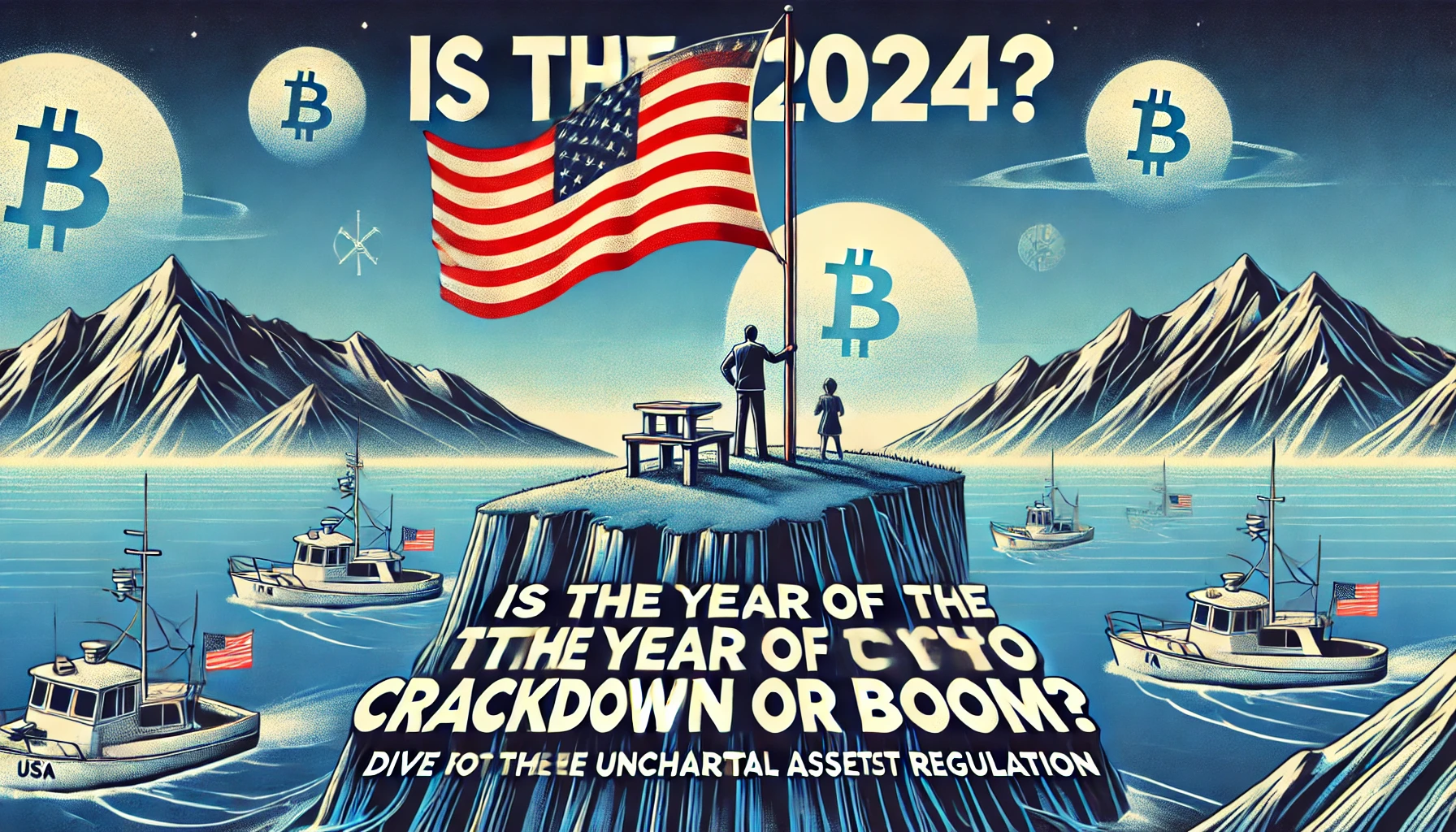Are we witnessing a crypto crackdown or a burgeoning boom? As 2024 progresses, the United States finds itself at a crossroads in regulating digital assets. From high-stakes legal battles to groundbreaking symposiums, this year promises to redefine the rules of the digital finance game. Let’s delve into the latest developments shaping the future of cryptocurrencies, tokenization, and the broader digital asset ecosystem.
Regulatory Symposiums and Legal Clarity
February 2024 saw the Office of the Comptroller of the Currency (OCC) host a landmark Washington D.C. symposium on tokenizing real-world assets and liabilities. This event featured five panels covering critical topics such as the legal foundations for digital asset tokens, discussions with federal regulators, and risk management. Key insights included the definition and benefits of tokenization, highlighting faster settlements and increased liquidity for certain asset classes, though the technology and legal frameworks are still evolving.
The symposium emphasized the urgent need for clear legal foundations, especially concerning ownership rights of tokenized assets. While recent amendments to the Uniform Commercial Code (UCC) have provided some clarity within the U.S., the global regulatory landscape still needs to be revised. Regulatory agencies vigilantly monitor the space, focusing on interoperability, governance, operational risk, and consumer protection.
High-Profile Legal Battles
April 2024 brought drama as Uniswap Labs, a titan among decentralized cryptocurrency exchanges, received a Wells Notice from the Securities and Exchange Commission (SEC). The SEC’s potential enforcement action questions whether tokens offered on Uniswap’s platform qualify as securities. Uniswap contests this, citing court decisions like SEC v. Ripple and Risley v. Uniswap Labs, which suggest secondary market transactions in digital assets do not constitute investment contracts. Uniswap argues that protocol and tokens do not meet the legal definitions of securities exchange, broker, or investment contract.
Meanwhile, Coinbase celebrated a legal victory when the U.S. Court of Appeals for the Second Circuit ruled that secondary sales of digital assets do not violate the Securities Exchange Act of 1934. This decision underscores the ongoing debate over the classification of digital assets and their regulatory implications.
In another twist, the Second Circuit Court’s ruling in SEC v. Govil, impacting the Ripple case, declared that the SEC is not entitled to disgorgement if a buyer suffers no financial loss. This precedent could significantly influence the SEC’s $2 billion disgorgement claim against Ripple, with Ripple ready to leverage this decision in its favor.
Legislative Advances
At the state level, regulatory divergence is the name of the game. According to the National Conference of State Legislatures, 35 states, Puerto Rico and the District of Columbia have introduced or have pending legislation regarding cryptocurrencies and digital assets. These regulations address various aspects, from licensing requirements to taxation rules. Notably, several states have taken a stance against Central Bank Digital Currencies (CBDCs). For instance, Nebraska has enacted a law prohibiting the support, endorsement, creation, or implementation of a national digital currency, while South Dakota has adopted a resolution opposing CBDCs.
Industry Innovation: BlackRock’s Tokenized Fund
The private sector is still working. BlackRock, the largest U.S. asset manager, has launched the BlackRock USD Institutional Digital Liquidity Fund (Build) on the Ethereum network. This tokenized fund, developed in partnership with Securitize and Coinbase, aims to offer U.S. dollar yields through asset tokenization. With roughly $288 million already invested, the fund has demonstrated substantial initial interest.
Circle, the issuer of USDC, has introduced a new smart contract functionality allowing Buidl holders to transfer shares for USDC. This innovation provides near-instant 24/7 off-ramps and enables secondary market trading. It underscores the potential for tokenized assets to revolutionize traditional finance, offering yield-generating opportunities and enhancing liquidity.
Future Prospects
As 2024 unfolds, the intersection of regulatory initiatives and industry innovations will continue to shape the digital asset landscape. With the U.S. government and regulatory bodies increasingly involved, stakeholders in the digital asset ecosystem must stay informed and agile, navigating this dynamic environment to harness the full potential of tokenization and digital assets.
